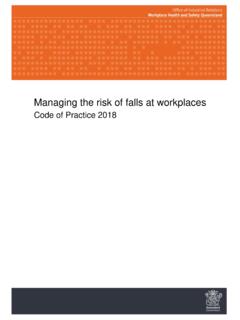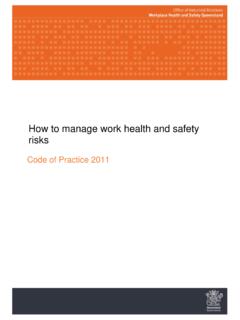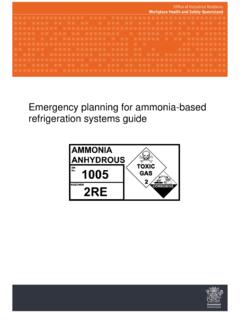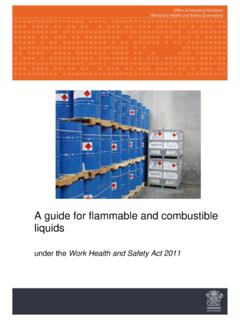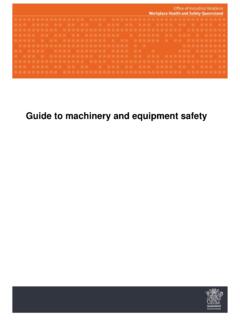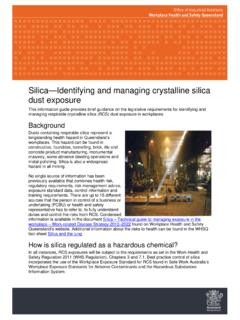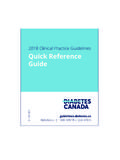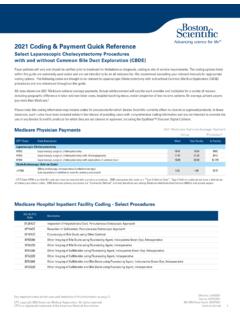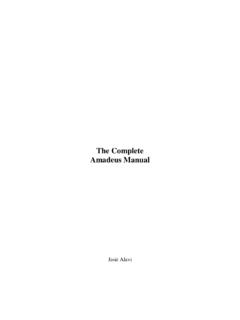Transcription of Dangerous goods compatibility guide Aromasol Refer to ...
1 Dangerous goods compatibility guideCLASS*Refers to aerosols and non-refillable retail packs. For segregation of gas cylinders Refer to AS/NZS 4332-2004 GHS compliant labelAromasolContains: Aromatic hydrocarbons 95%v/v Toxicole 5%v/vIf on skin (or hair): Take off contaminated clothing and wash before skin using plenty of soap and exposed or concerned: Get swallowed: Immediately call a poison centre or NOT induce vomiting. Store locked up in a well-ventilated of contents/container in accordance with local case of fire: use powder for away from sparks and open flames No container tightly container and receiving precautionary measure against static protective gloves and eye and face hands thoroughly after not eat, drink or smoke when using this liquid, toxic (aromatic hydrocarbons, toxicole)UN1992 Contains:Aromatic hydrocarbons 95%v/vToxicole 5%v/vIf on skin (or hair): Take off contaminated clothing and wash before skin using plenty of soap and exposed or concerned: Get swallowed: Immediately call a poison centre or NOT induce vomiting.
2 Store locked up in a well-ventilated of contents/container in accordance with local case of fire: use powder for away from sparks and open flames No container tightly container and receiving precautionary measure against static protective gloves and eye and face hands thoroughly after not eat, drink or smoke when using this ADG compliant labelRefer to safety data sheet before LDANGERH ighly flammable liquid and vapourToxic if swallowedCauses skin irritationMay cause cancerMay be fatal if swallowed and enters airwaysRefer to safety data sheet before LDANGERH ighly flammable liquid and vapourToxic if swallowedCauses skin irritationMay cause cancerMay be fatal if swallowed and enters airwaysMadeup Chemical Company Pty Ltd.
3 999 Chemical Street, Chemical Town, My State 12344; Tel: 1300 000 000 Chemical Company Pty Ltd, 999 Chemical Street, Chemical Town, My State 12344; Tel: 1300 000 000. identifierIdentity and proportion of each ingredientA signal word: This indicates the severity of the hazard. Warning is used for less severe hazards while Danger means severe pictogram: A pictogram is a symbol that is intended to quickly convey special information about the hazards of chemicals. It is a black symbol on a white background within a red hazard statement: This brief and to-the-point message describes the nature of the hazard, such as Fatal if swallowed .A precautionary statement: Here s where you will learn how to respond in case of exposure and how to store the chemical details of Australian manufacturer or importerKeySEPARATED angerous goods of these two classes should be kept apart by at least three metres or other suitable control measures.
4 Consult safety data sheet (SDS) or goods of these two classes are likely to interact with each other in such a way as to significantly increase risk and should not be kept in the same area unless it can be demonstrated that the risks can be fully controlled. Consult SDS for further stores or storage cabinets are recommended. Adequate separation from other buildings and boundaries is required. Consult SDS for further TO SDSS egregation of these two classes may be necessary. Refer to the SDS for further guidance. All Class 9 Dangerous goods should be segregated in accordance with the goods of the same class have similar primary hazards and are usually considered compatible.
5 Consult with the SDS or supplier about requirements for individual types:Class Flammable Gas Class Non Flammable Non Toxic GasClass 3 Flammable LiquidClass Flammable SolidClass Spontaneously CombustibleClass Dangerous When WetClass Oxidising AgentClass Organic Peroxide Class 6 ToxicClass 8 CorrosiveSource: Adapted from AS/NZS 3833:2007 The storage and handling of mixed classes of Dangerous goods , in packages and intermediate bulk * * 3 6 * * , self-reactives, organic peroxidesFlammables, self-reactives, pyrophorics, self-heating, emits flammable gas on contact with waterOxidisers, organic peroxidesCompressed, liquefied or dissolved gasesAcute toxicity via oral, dermal or inhalationSkin irritation, eye irritation, skin sensitisersCarcinogens, respiratory sensitisers, reproductive toxicity, target organ toxicity, germ cell mutagens, aspiration toxicityEye corrosion, skin corrosion, corrosive to metalsHazardous to the environment.
6 Aquatic toxicity Miscellaneous Dangerous goodsInfectiousRadioactiveGHS pictogramsDangerous good class labels*No equivalentNo equivalentNo equivalentNot coveredNot covered* Refer to Australian Dangerous goods Code Edition available at * * * quick guideADG CodeThe ADG Code only applies to road and rail transport of Dangerous goods and is given its authority by its incorporation into state and territory transport legislation. The ADG Code is referred to in the WHS Regulation for placarding and manifest purposes at workplaces. GHS labelling is suitable on internal packaging for goods in transit. However, an ADG symbol may be substituted for a GHS pictogram where the ADG class symbol represents the same hazard to meet transport WHS Regulation applies to the use, handling and storage of hazardous chemicals at a workplace.
7 This means that the GHS applies once the chemical, which may have been a Dangerous good in transit, is in use at the chemicals that are consumer products used in the workplace in a manner consistent with household use are exempt from GHS labelling to the WHS Regulation for further exemptions to Code vs GHSThe ADG Code provides information targeted at managing immediate hazards, such as emergency situations during transport, whereas the GHS provides information regarding the use, handling and storage of a chemical at the workplace (physical and health hazards). Further information is available at or 1300 362 and ADG pictogramsOffice of Industrial Relations Workplace Health and Safety QueenslandInformation used courtesy of globally harmonised system of classification and labelling (GHS) applies to hazardous chemicals at Australian Dangerous goods (ADG) Code applies when transporting Dangerous goods .
8 This guide provides an example of GHS and ADG Code labelling, comparable symbols and a quick reference to Dangerous goods compatibility in storage.
